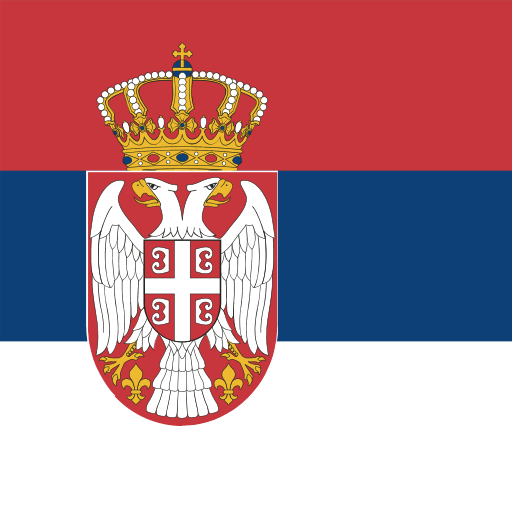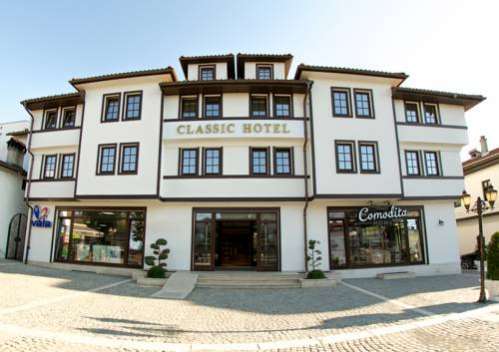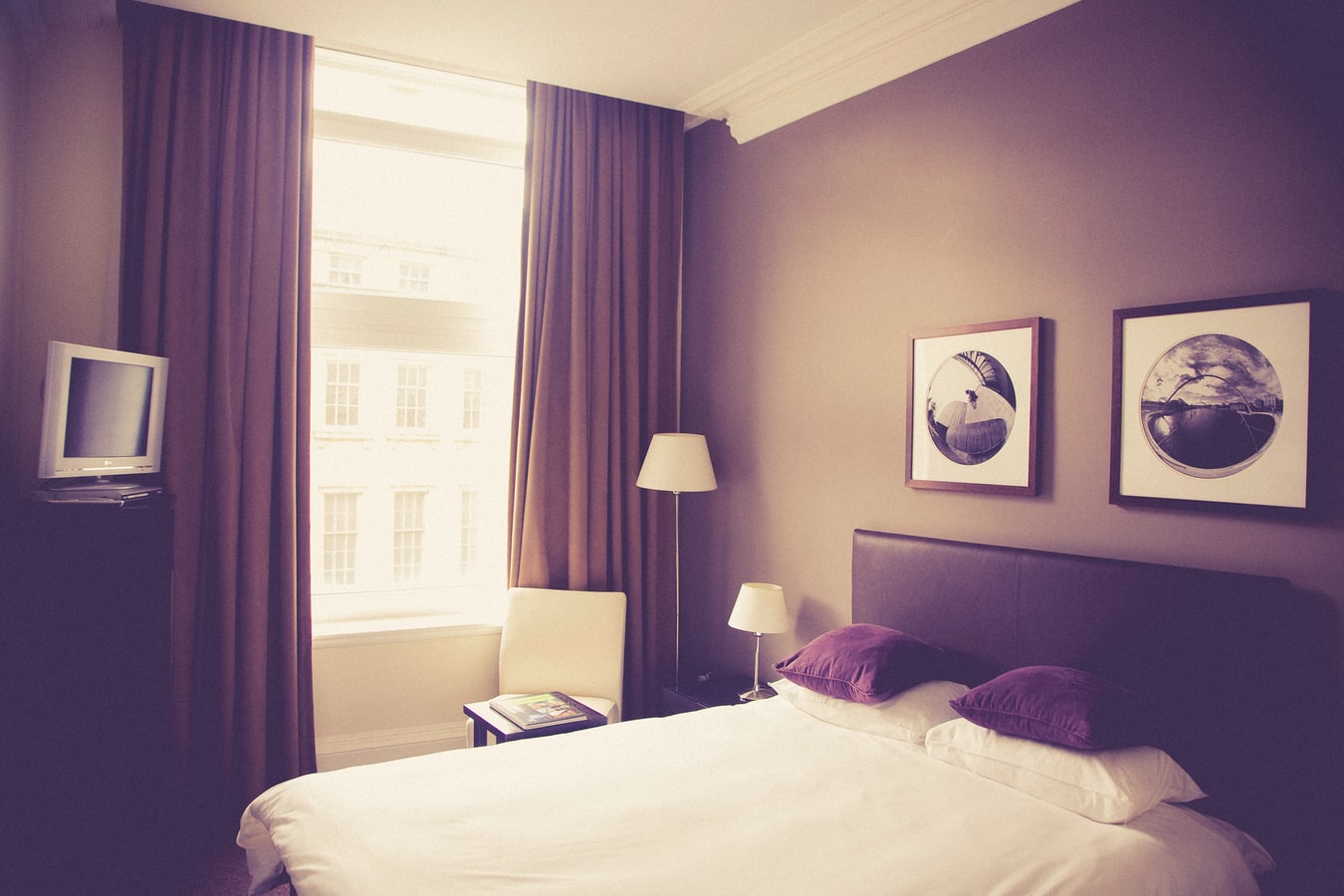Prishtina - art dhe kulturË
Prishtina është kryeqyteti dhe qyteti më i madh i Kosovës. Qyteti ka një popullsi me shumicë shqiptare, krahas bashkësive të tjera më të vogla. Me një popullsi komunale prej 204,721 banorë (2016), Prishtina është qyteti i dytë më i madh në botë me një popullsi kryesisht shqipfolëse, pas kryeqytetit të Shqipërisë, Tirana.
Sahat Kulla
The Clock Tower(Sahat Kulla) dates back to the 19th century. Following a fire, the tower has been reconstructed using bricks. The original bell was brought to Kosovo from Moldavia.It bore an inscription reading "this bell was made in 1764 from Jon Moldova Rumen." In 2001 the original bell was stolen. The same year French KFOR troops replaced the old clock with mechanism with an electric one.
Kalaja e Artanës
Artana Castle is an archeoligical site situated in the highest peak of the Novobrdo Mountain, 30 kilometers east of Pristina. The castle was built during medieval years in the city of Novobrdo, at 42.61778 meters latitude. Novoberda was one of the biggest cities in Balkans and had a great importance. It was regarded as one of richest cities in Balkans because of its natural resources, and consequently was often called as "the city of silver and gold", The castle was built on top of a dead volcano crater, whose ruins can still be noticed these days.
Hyjnesha ne fron
The genderless seated terracotta figure is a well-preserved specimen of small Neolithic plastic Vinča culture (also known as Turda culture or Turda-Vinča culture in Kosovo). It measures 18.5 cm high and is dated to 5700–4500 BC.
[1]
The figurine represents a female deity , reflecting the cult of the great mother idol. It is preserved in the Museum of Kosovo . The Kosovo Museum has adopted the image of the 'Goddess on the Throne' as the institution’s distinctive logo. One of the most precious archaeological artifacts of Kosovo, it has been adopted as the symbol of Pristina.
Shpella e Gadimës
The entrance to the cave was discovered in 1966 by Ahmet Diti while he was building an extension to his house. The cave was opened to tourists in 1976. the total length of the cave is 1260m and the tourist path is 440m long. The cave is believed to be formed starting to the Late epoch of the Cretaceous period some 80 millions years ago.
Janjeva
Janjeva is mentioned for the first time in 1303. With the development of mining industry in the centuries:XIV and XV, it became and important center near Prishtina and Artana. Among other things, the city had contacts with the Republic Of Ragusa (Dubrovnik) in Croatia today. One of the first schools in Kosovo opened in Janjevo in 1665 and is still in use today.
Biblioteka Kombëtare e Kosovës
Unleashed on bewildere public in 1982, Pristina's extraordinary National Library was designed by the Croatian archtitect Andrija Mutnjakovic. The outside of the mammoth 16,500 square metre space-age building features a total of 99 white glass cupolas of different sizes and is entirely covered in a metal fishing net.
Liqeni i Batllavës
Batllava Lake is the main source of potable water for the cities of Pristina and Podujevo. As a Result of the cities population growth, withdrawal regularly exceeds inflow, especially in summer. Batllava Lake is a popular destination for locals. Thus, tourism is large revenue source for the local village. The lake is in the Llap region and is fed by the Batllava River from north.
 en
en al
al srb
srb
























